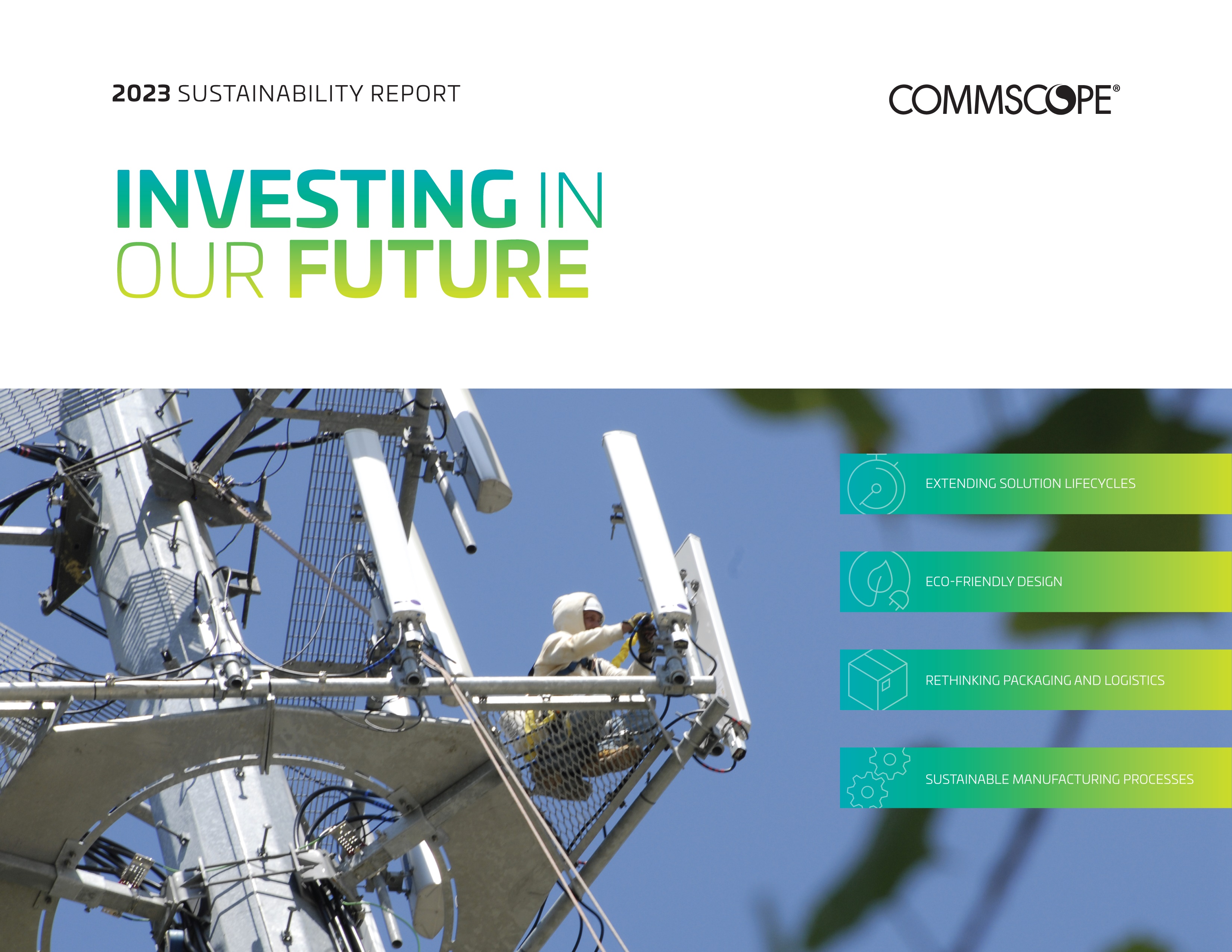
As Asia Pacific moves towards a digital future, Wi-Fi connectivity can be expected to play a crucial role in transforming the region’s burgeoning digital economy. Beyond a productivity enabler that allows employees and businesses to work and collaborate more effectively across geographies and time zones, reliable high-speed Wi-Fi also empowers organizations to interact directly with their customers via apps, websites and other digital services. Whether making and receiving payments, or connecting with customers and vendors the world over, reliable Wi-Fi and internet access has become an integral part of everyday business processes and tasks. As such, it is high time that business leaders and organizations start to consider Wi-Fi connectivity as an important enabler and driver of business growth, instead of simply being part of the infrastructure, much like the office printer. The inaugural Asia Pacific State of Wi-Fi Study confirmed that connectivity downtime has caused organizations to lose a total of $51 million over the past year. Survey respondents included both mid- to large-sized organizations with over 250 staff.
 Furthermore, close to one in two APAC organizations (47%) experienced at least six instances of connectivity downtime over the last 12 months, with nearly one in ten (9%) reporting over 20 instances of connectivity downtime. Worse, more than one-third (37%) of the IT departments in APAC organizations were forced to spend a week or more each month to manage Wi-Fi and network-related issues. This diverts time and resources away from IT departments, preventing organizations from implementing new initiatives that could help drive and deliver new digital products, services and revenue models. Given the vital role that Wi-Fi plays in supporting fundamental operations and new digital initiatives, it’s clear that Wi-Fi downtime can cause significant disruption and revenue loss, thereby hampering productivity, as well as growth and investment opportunities in today’s dynamic and competitive digital environment.
Furthermore, close to one in two APAC organizations (47%) experienced at least six instances of connectivity downtime over the last 12 months, with nearly one in ten (9%) reporting over 20 instances of connectivity downtime. Worse, more than one-third (37%) of the IT departments in APAC organizations were forced to spend a week or more each month to manage Wi-Fi and network-related issues. This diverts time and resources away from IT departments, preventing organizations from implementing new initiatives that could help drive and deliver new digital products, services and revenue models. Given the vital role that Wi-Fi plays in supporting fundamental operations and new digital initiatives, it’s clear that Wi-Fi downtime can cause significant disruption and revenue loss, thereby hampering productivity, as well as growth and investment opportunities in today’s dynamic and competitive digital environment.
 The user experience is also an important factor to consider when determining the total business impact for Wi-Fi. In addition, the global number of internet users is projected to hit some 5 billion people, with most of the new arrivals expected to originate from emerging markets like India and Indonesia. This is particularly significant, especially considering that the study found that nearly half of the respondents in APAC (49%) carry at least four Wi-Fi capable devices including smartphones, tablets, laptops and smart watches. Moving beyond productivity, the study found that more than half of the business and IT leaders in APAC (58%) are using Wi-Fi connectivity primarily for streaming videos or voice calls. In an age where just about everyone has a smartphone, the consumption of data-heavy content and the proliferation of connected devices in both the home and workplace are also key drivers for high-speed and reliable Wi-Fi connectivity. With rising data consumption and an increase in device growth, it is therefore unsurprising that Wi-Fi connection speeds remain a top concern, followed by coverage and connection stability. Looking outside businesses and organizations, governments across Asia Pacific have also been investing in connectivity as part of their Smart City initiatives.
The user experience is also an important factor to consider when determining the total business impact for Wi-Fi. In addition, the global number of internet users is projected to hit some 5 billion people, with most of the new arrivals expected to originate from emerging markets like India and Indonesia. This is particularly significant, especially considering that the study found that nearly half of the respondents in APAC (49%) carry at least four Wi-Fi capable devices including smartphones, tablets, laptops and smart watches. Moving beyond productivity, the study found that more than half of the business and IT leaders in APAC (58%) are using Wi-Fi connectivity primarily for streaming videos or voice calls. In an age where just about everyone has a smartphone, the consumption of data-heavy content and the proliferation of connected devices in both the home and workplace are also key drivers for high-speed and reliable Wi-Fi connectivity. With rising data consumption and an increase in device growth, it is therefore unsurprising that Wi-Fi connection speeds remain a top concern, followed by coverage and connection stability. Looking outside businesses and organizations, governments across Asia Pacific have also been investing in connectivity as part of their Smart City initiatives.
In countries like Singapore and Hong Kong, for example, there are numerous public Wi-Fi networks available for both citizens and visitors to use. However, the study found considerable room for improvement with regards to public Wi-Fi services in the region. In fact, less than one in four (24%) of the respondents in APAC have had a positive experience with public Wi-Fi. As a result, only 14% of users in APAC connect to public Wi-Fi most or all the time. This highlights a significant gap that needs to be addressed on the road to digitally transforming citizen services and creating opportunities for communities. In today’s challenging economy, business leaders and organizations are looking to Wi-Fi connectivity to drive growth. Nevertheless, it’s important to take a step back and consider matters of security, especially in light of recent ransomware incidents, cybersecurity breaches and malware infestations that have impacted hundreds of thousands of routers worldwide.
 If business-critical activities are conducted via Wi-Fi connectivity, then security should be top of mind. To set the stage, more than half (53%) of respondents in APAC rated the current state of Wi-Fi security in their organization as good or very good, indicating a moderate level of confidence in their organizations’ Wi-Fi security posture. As such, it was surprising that close to one in five (19%) of the APAC respondents stated that they connect to unsecured networks. Furthermore, over three in five (65%) APAC organizations only use basic usernames and passwords for Wi-Fi access. Conversely, when connecting to unfamiliar Wi-Fi networks (i.e. public networks), these same IT and business leaders cited security as a top concern. This indicates a misplaced sense of confidence that organizations have in their Wi-Fi security, as well as a generally sloppy approach to securing Wi-Fi.
If business-critical activities are conducted via Wi-Fi connectivity, then security should be top of mind. To set the stage, more than half (53%) of respondents in APAC rated the current state of Wi-Fi security in their organization as good or very good, indicating a moderate level of confidence in their organizations’ Wi-Fi security posture. As such, it was surprising that close to one in five (19%) of the APAC respondents stated that they connect to unsecured networks. Furthermore, over three in five (65%) APAC organizations only use basic usernames and passwords for Wi-Fi access. Conversely, when connecting to unfamiliar Wi-Fi networks (i.e. public networks), these same IT and business leaders cited security as a top concern. This indicates a misplaced sense of confidence that organizations have in their Wi-Fi security, as well as a generally sloppy approach to securing Wi-Fi.
 What’s more, while security is arguably top of mind for these decision-makers, they are complacent when it comes to networks they own or are familiar with. We find ourselves at an important juncture in the digital era. As the Asia Pacific region looks to be where businesses and corporations connect the next billion, it’s more important than ever to consider Wi-Fi and connectivity essential drivers of business growth. At the same time, beyond flexible work practices and high-speed connectivity, a superior user experience and security are more important than ever to ensure business efficiency and continuity in a connected global economy.
What’s more, while security is arguably top of mind for these decision-makers, they are complacent when it comes to networks they own or are familiar with. We find ourselves at an important juncture in the digital era. As the Asia Pacific region looks to be where businesses and corporations connect the next billion, it’s more important than ever to consider Wi-Fi and connectivity essential drivers of business growth. At the same time, beyond flexible work practices and high-speed connectivity, a superior user experience and security are more important than ever to ensure business efficiency and continuity in a connected global economy.











